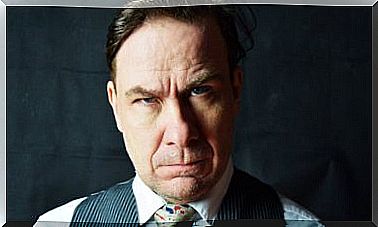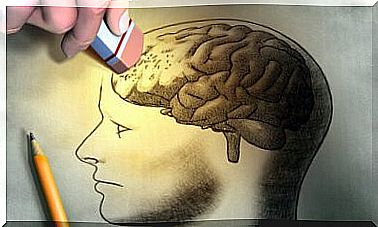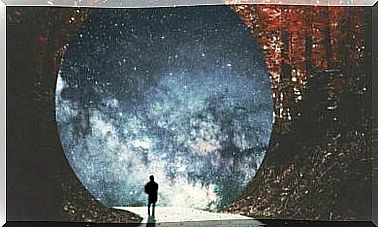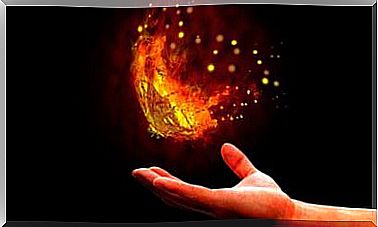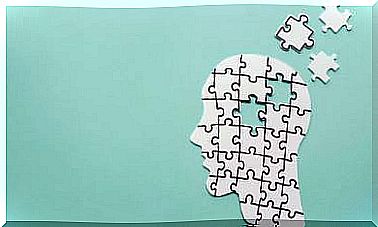Discover What Anxiety Is And Its Forms Of Manifesting Itself
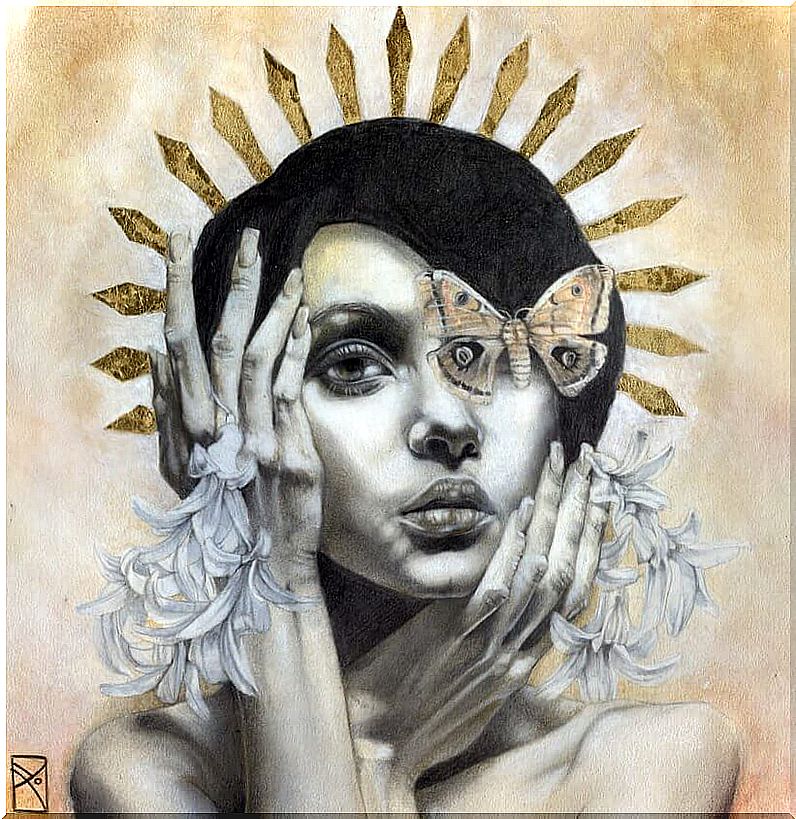
Anxiety is one of the most common and most unpleasant sensations that people experience. This level of displeasure will depend on its intensity and the type of context in which it appears.
Generally, a person’s anxiety interferes with their activities of daily living and at times, it may be impossible for the person to carry out what they have to do during the day normally.
In this article we are going to try to explain what its basic aspects are and if you identify what is happening to you with what we are going to explain in this article, the most convenient thing is that you seek help from a professional such as a clinical psychologist specializing in anxiety issues .
What is anxiety?
Anxiety disorders are the most common psychopathological disorders in the general population. Given its great extension, it is convenient that we know how to differentiate between its different manifestations. To do this, we will explain below how it differs from anxiety, fear and phobias.
Anxiety is an emotional reaction that consists of feelings of tension, apprehension, nervousness and worry that cause an activation of the autonomic nervous system. Anxiety is the same sensation but with a predominance of physical symptoms, while in anxiety what predominate are psychological symptoms.
While fears are associated with an identifiable external stimulus, anxiety appears without a recognizable external source of threat. Phobias would be disproportionate fears that necessarily lead to avoidance and are irrational.
Anxiety has an anticipatory capacity for events, which causes it to be an uncomfortable and invasive sensation. Its nature is cognitive and future-oriented, which means that it can appear at any time.
Apart from the cognitive nature of the person, there is a learning factor that causes it to appear. A biological component is also added, since hyperactivity has been observed in the locus coeruleus, alteration of the neurotransmitter GABA and of the nerve pathway that communicates the thalamus and the amygdala.
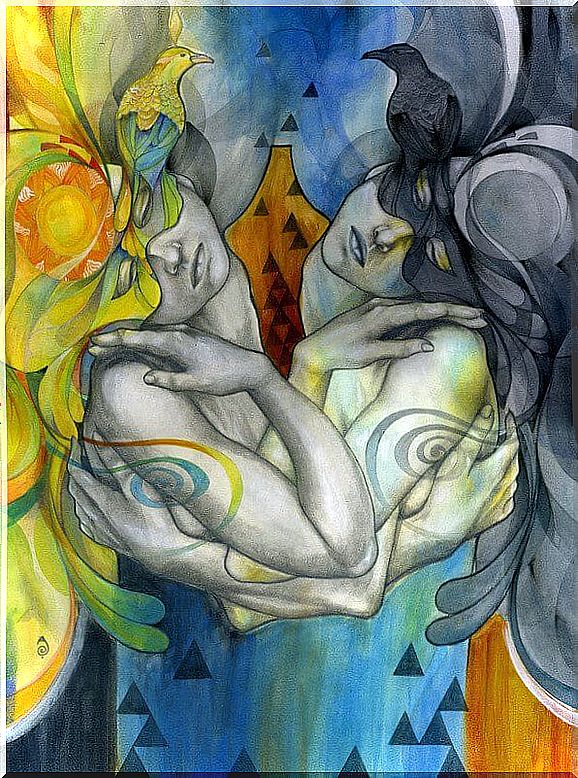
How does it work?
Anxiety is not a unitary system, but is formed by a triple response system: the subjective system, the physiological system and the motor system, which can appear at the same time or each system independently.
When we have anxiety, we experience as an unpleasant thought (subjective system) that we also feel in our body due to heart acceleration, pupillary dilation, tremor (physiological system) and also due to our facial expression, gestures and in the way of avoiding (motor system) .
Getting into the symptoms of anxiety
Anxiety is fundamentally characterized by two predominant sensations common in people who suffer from it:
- Helplessness: feeling of lack of control, that there is nothing we can do to avoid imminent unpleasant internal and external events .
- Uncertainty: feeling of ignorance regarding the future, which appears in a disconcerting way before us, generating discomfort and psychological unease.
In addition, it has a wide variety of symptoms in common with depression and a variety of other symptoms that differentiate it from it. Some of the symptoms most shared with depression are those characterized by a high negative affect such as worry, low concentration, irritability, insomnia, fatigue, psychomotor agitation, crying, feelings of inferiority, guilt or low self-esteem.
Instead, the most typical symptoms are fear, panic, nervousness, avoidance, instability, hypervigilance, perception of threat of danger, high sympathetic activity, etc.
On the other hand, within anxiety different syndromes are differentiated according to the organization of the symptoms around it. Thus we can find panic attacks, agoraphobia, panic attack, specific phobias, social phobia, generalized anxiety disorder or selective mutism.
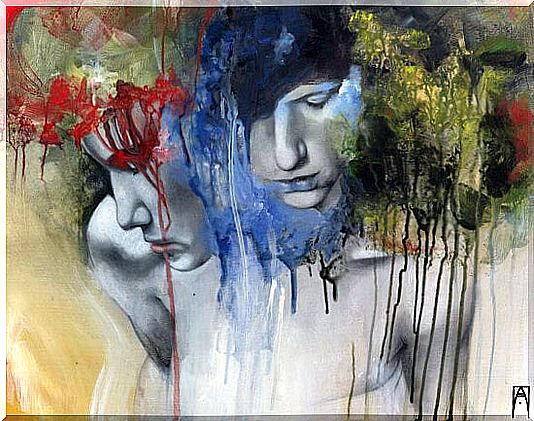
Treatments
There are a large number of treatments depending on the anxiety disorder you have, but some have been found to be more effective than others. It all depends on the specialist you go to and which of them would be better for you to overcome it.
For generalized anxiety disorder, the most widely used treatment is Cognitive Behavioral Treatment (CBT), which would include relaxation, cognitive therapy, exposure, and relapse prevention. In addition, medication also appears as an effective treatment, while hypnosis is in the experimental phase.
For other anxiety disorders that are also very frequent, such as specific phobias, the treatment of choice is exposure and for social phobia, the treatment of choice is Cognitive Behavioral Therapy (CBT) together with Cognitive Restructuring (CR) and Training in Social Skills. (EHS).
To deal with anxiety, therefore, the best thing is to know it, get to know yourself and look for a good professional who can help control it, since the treatments are very varied and are adjusted both to the person who suffers from it and to the type of anxiety that is is producing. If it is treated properly, it should not be highly resistant to current treatments.
Images courtesy of Patricia Ariel

